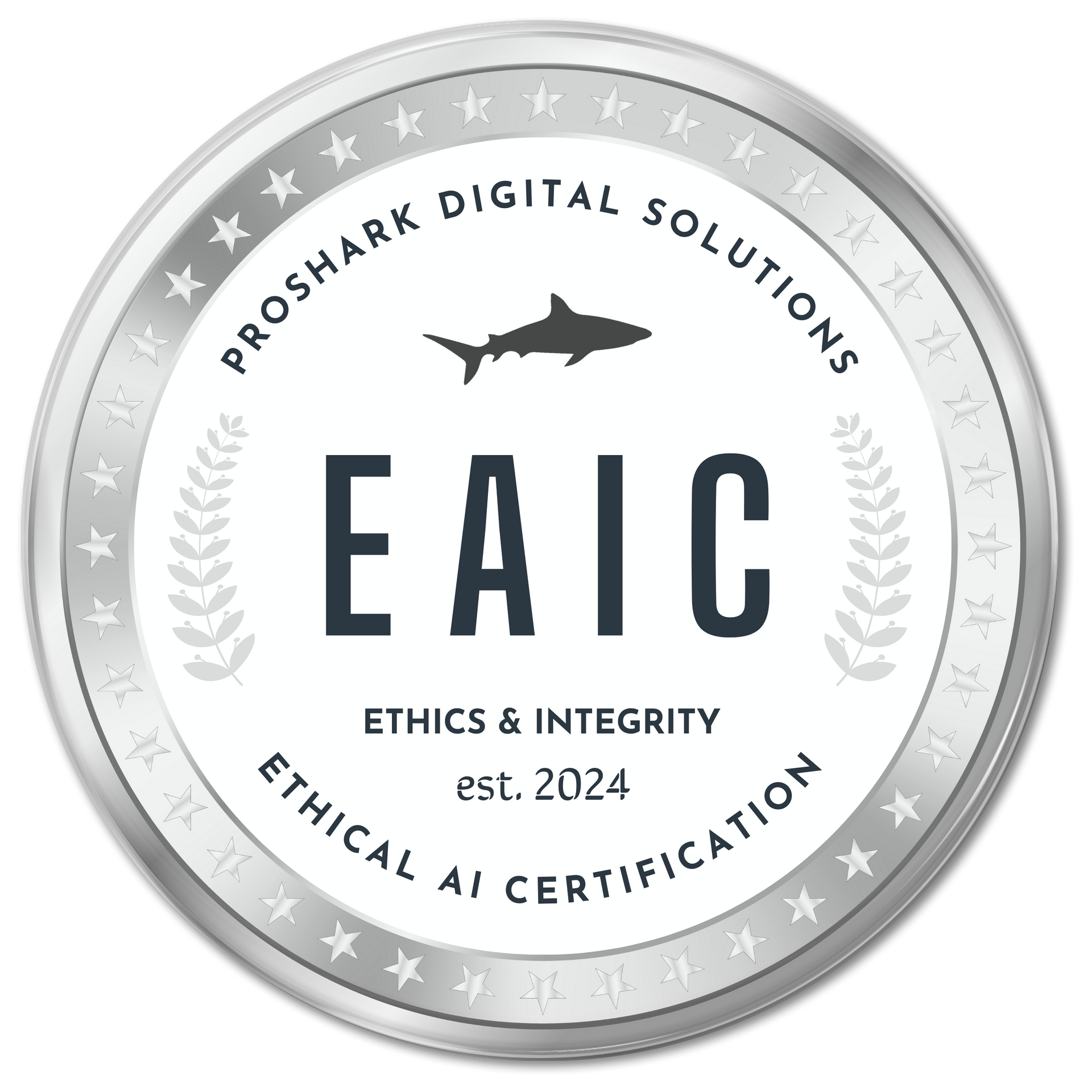How Strategic Storytelling Drives Engagement, Builds Trust, and Boosts Sales

Why Storytelling is the Heart of Content Marketing
People do not connect with products, services, or features—they connect with stories.
Think about the most memorable brands today. Nike, Apple, and Coca-Cola do not just sell products—they tell compelling stories that evoke emotions, build trust, and create a sense of community.
In today’s content-driven world, brands that tell powerful stories stand out while those that focus only on promotions get ignored.
Content marketing is no longer just about blogs, emails, and social media posts—it is about crafting stories that inspire, educate, and convert.
If your content is not telling a story, it is just noise.
1. What is Content Marketing and Why Does It Matter?
Content marketing is the strategic creation and distribution of valuable, relevant, and engaging content to attract and retain an audience.
Unlike traditional advertising, content marketing does not interrupt consumers with direct sales messages. Instead, it adds value, builds relationships, and nurtures trust.
Key formats of content marketing include:
✅
Blog articles – Thought leadership, how-to guides, and industry insights
✅
Videos – Educational, behind-the-scenes, and brand storytelling
✅
Social media posts – Engaging, shareable, and interactive content
✅
Case studies – Real-world success stories that build credibility
✅
Email marketing – Nurturing sequences that educate and convert
✅
Podcasts & webinars – In-depth discussions that build audience loyalty
Great content marketing positions your brand as a trusted authority and guides potential customers through the buyer’s journey—from awareness to decision-making.
2. Why Stories Sell Better Than Traditional Marketing
Traditional marketing tells customers what to buy. Storytelling makes them feel something—and emotions drive purchasing decisions.
a) Stories Create Emotional Connections
People remember stories far better than facts or statistics. A well-crafted narrative humanizes your brand and makes your message more relatable.
Example: Instead of saying, "Our product helps you save time," tell a story about a real customer who regained hours in their day and used that time to spend with family, grow their business, or pursue a passion.
b) Stories Build Trust and Credibility
Customers trust authenticity more than sales pitches. Sharing real experiences, struggles, and successes builds credibility and makes your brand feel human.
Example: A fitness brand sharing a real transformation story is far more impactful than just listing features of a workout program.
c) Stories Make Your Brand Stand Out
Thousands of brands sell similar products and services—but your story is unique.
Example: Two coffee brands may sell the same beans, but one brand shares a story of ethically sourced coffee that supports local farmers, while the other just lists flavors. The brand with the deeper story wins.
People do not buy products—they buy stories, values, and experiences.
3. The Psychology Behind Storytelling in Content Marketing
Great storytelling taps into human psychology.
Neuroscience shows that:
✅
Stories activate multiple parts of the brain, making them more memorable
✅
Emotional storytelling triggers dopamine, increasing engagement
✅
Relatable characters and conflicts create empathy, making people care
By crafting a compelling story arc with a clear beginning, conflict, and resolution, businesses can create content that sticks.
4. How to Use Storytelling in Content Marketing
a) Know Your Audience’s Pain Points
- Who is your ideal customer?
- What are their biggest challenges?
- How does your product or service solve those challenges?
Understanding your audience allows you to craft stories that resonate with them.
b) Use the Hero’s Journey Framework
A powerful way to structure brand stories is by following the Hero’s Journey:
- The Ordinary World – Describe the customer’s problem before finding your brand.
- The Call to Action – How they discovered your product/service.
- The Transformation – The journey of using your solution.
- The Resolution – The end result and success story.
Example: A project management software company might tell a story about a stressed entrepreneur overwhelmed with tasks who discovered their platform and transformed their workflow, saving hours every day.
c) Share Real Customer Stories
Case studies, testimonials, and user-generated content prove that your solution works.
Instead of saying “We help businesses grow,” share a detailed customer success story showcasing real results.
d) Humanize Your Brand
Behind every brand is a team of real people with real stories. Sharing behind-the-scenes moments, team stories, and company milestones makes your brand more relatable.
Example: Instead of just promoting a new product, share the story of how it was developed, the challenges faced, and the vision behind it.
e) Make Your Audience the Hero
Your brand is not the hero—your customer is. Your product/service is the guide that helps them overcome obstacles and succeed.
Position your customer as the protagonist, and your brand as the trusted mentor.
5. Content Marketing That Tells a Story: Real-World Examples
a) Airbnb: User-Generated Travel Stories
Instead of just promoting places to stay, Airbnb features real guest experiences, showcasing how people’s lives were changed through travel.
b) Nike: Story-Driven Branding
Nike’s marketing rarely talks about shoes—it tells stories of perseverance, determination, and personal triumph, making customers feel part of something bigger.
c) Dove: Emotional Campaigns That Resonate
Dove’s "Real Beauty" campaign shifted focus from selling beauty products to telling powerful stories about self-confidence, acceptance, and empowerment.
These brands do not sell products—they sell stories that inspire action.
6. Measuring the Success of Your Content Marketing Strategy
To ensure your storytelling efforts are working, track:
📌
Engagement Metrics – Shares, comments, and social media interactions
📌
Conversion Rates – How many leads and sales your content generates
📌
Time Spent on Page – Indicates how compelling your stories are
📌
Brand Mentions and Awareness – Growth in audience reach and brand recognition
Refining your content strategy based on these insights ensures long-term success.
7. The Future of Storytelling in Content Marketing
Content marketing is evolving, but storytelling will always be the foundation of engagement.
Trends shaping the future include:
- AI-powered content personalization for hyper-relevant storytelling
- Short-form video storytelling on platforms like TikTok and Instagram Reels
- Augmented reality (AR) experiences for immersive brand storytelling
- Interactive content that allows users to shape their own journey
The businesses that embrace innovative storytelling will stand out in the crowded digital landscape.
Conclusion: Tell Stories That Sell
The best brands do not just promote—they inspire.
By crafting compelling stories, businesses connect deeply with audiences, build trust, and drive conversions.
Your brand has a story worth telling—make sure the world hears it.
Are you using storytelling to its full potential?
All rights reserved © 2004-2024 Proshark • Privacy Policy • Messaging Policy • Terms of Service • Advertising TOU







